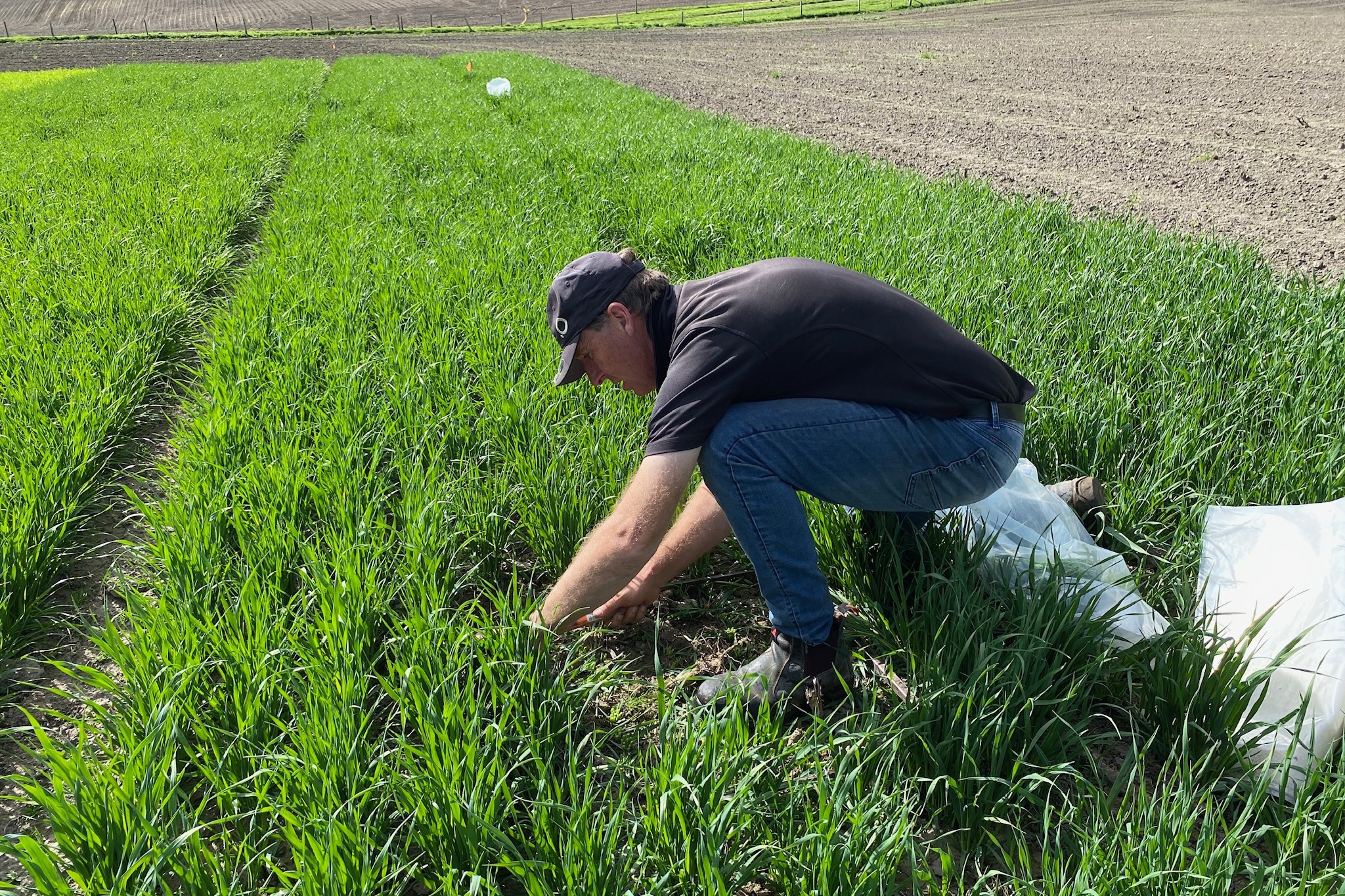Giving cultivar confidence
Independently run cereal performance trials have given arable growers confidence that the cultivars they are selecting have been tested in commercial conditions and their performance rigorously analysed.

BY SANDRA TAYLOR
For 20 years, independently run cereal performance trials have given arable growers confidence that the cultivars they are selecting have been tested in commercial conditions and their performance rigorously analysed.
Run on commercial arable farms throughout the cereal growing regions of New Zealand, Cereal Performance Trials (CPT) are run independently of any commercial entities and are organised and funded through the CPT committee.
The committee is made up of representatives from the NZ Flour Millers Association Research Trust (NZFMRT), the Foundation for Arable Research (FAR), Plant & Food Research, seed companies and the New Zealand Plant Breeders Research Association (NZPBRA).
The NZPBRA in itself is an umbrella organisation that represents plant breeders, intellectual property owners and managers of proprietary agricultural seed. Its members are companies whose primary focus is the development and marketing of plant intellectual property through demonstrating the strength of research-proven standards of performance.
PGG Wrightson Seeds Nick Brooks has chaired the CPT committee for more than a decade. While breeders or seed companies manage the individual trial sites, he says the critical factor is that the data generated is owned and published by FAR who are independent of any commercial organisation.
Originally run under the umbrella of Arable Cultivar Evaluation, today CPT is run on 29 trial sites across Southland, Canterbury and Manawatu on a mix of irrigated and dryland farms. CPT tests the performance of feed and milling wheats, and feed and malting barley. The trials are sown among commercial crops, so they are subject to the same management and climatic conditions as the surrounding crops.
Cereals being tested through CPT go through two stages. The first, CPT1, is where advanced breeding lines are tested within a series of collaborative breeder/seed company operated and funded trials. These are run at 15 of the CPT host farms in Canterbury. Based on the outcomes of these trials, companies may then apply to promote promising cultivars into the next stage.
CPT2 is for close-to-market and commercial cultivars and these cultivars are subject to the most stringent quality and environmental assessments.
FAR co-ordinates the trials that are all designed and analysed by an independent statistician.
Brooks says most host farms have been growing CPT within their commercial crops for many years and while they receive some compensation for the use of their land, many benefit from seeing how plant varieties perform in their growing environments.
PGG Wrightson Seeds’ cereal breeder Steve Shorter has had a long involvement with CPT. He says farm management must be at a robust level that allows the new varieties to express their genetic yield potential as well as post-harvest grain and end-use quality.
Specialist nurseries are carried out within the CPT system to determine other important traits, such as disease resistance and pre-harvest sprouting resistance. Cultivars targeting the milling and baking industries are extensively evaluated using industry-standard quality control rheological tests funded by the NZFMRT.
Brooks says PGG Wrightson Seeds tends to promote its varieties using data from CPT because of their independence and rigour, only adding relevant additional data if required.
Cropmark’s Matthew Hicks says CPT widens their net by giving companies the opportunity to trial varieties in a wide range of farm environments.
Cropmark evaluates the performance of UK-bred cultivars in NZ conditions and while Hicks says they obviously run their own trials, CPT gives them access to sites they couldn’t necessarily access on their own.
The results of the CPT are presented in FAR’s spring and autumn cultivar booklets, although early yield results are presented every week over the harvest period in FAR’s weekly Harvest Snippets newsletter. Brooks says this gives growers in regions that need to establish crops in early autumn an indication of cultivar performance.
The results in the cultivar booklets are far more detailed. They include an assessment of a cultivar’s susceptibility to a range of diseases, straw strength, crop height, maturity and sprouting susceptibility. It also includes yields and grain-quality data, such as test weight, protein levels and screenings.
Detailed information is provided about each trial site including soil types, previous crops, sowing and harvest dates and inputs.
To remove seasonal variations, the yield results are also presented in a four-year adjusted mean and this ranks the cultivars based on the relative yield of that site over four years.




